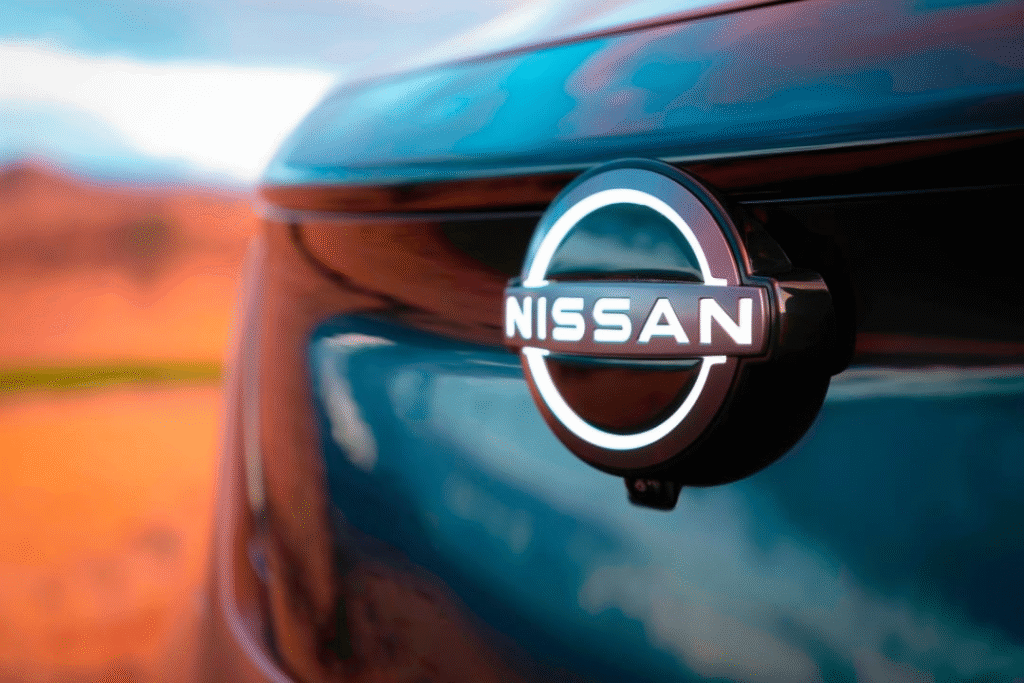Nissan SUVs and Trucks Are Booming, But Its Luxury Brand Is Falling Apart
Nissan’s SUVs and Trucks Are Booming, driving a strong Q3 2025 performance in the U.S. for Nissan Group. The automaker reported selling 223,377 vehicles, marking a 5.3% increase compared to the same period last year. However, this success is overshadowed by the struggles of its luxury brand, Infiniti, which continues to decline amidst intense competition and broader restructuring efforts within Nissan.

Nissan Brand Strong, Infiniti Struggles
In Q3 2025, the Nissan brand alone accounted for 210,226 units of the total sales, demonstrating robust growth. This surge was predominantly fueled by its popular SUVs and trucks:
- Murano and Pathfinder posted impressive double- and even triple-digit gains.
- The ever-popular Rogue once again stood out as the brand’s volume leader.
- Pickups like the Frontier also played a meaningful role, underscoring the enduring strength of larger vehicles in the American market.
These results highlight how consumer demand is aligning with Nissan’s core strengths, providing valuable momentum as the automaker navigates its broader restructuring efforts.
In stark contrast, Infiniti contributed only 13,151 units to the group’s total. Year-to-date (YTD) results for the first nine months of 2025 show Nissan Group with 711,903 units sold, a 1.5% gain over 2024. However, Infiniti continues to struggle, with sales down nearly 10% YoY. This decline underscores the significant challenges Nissan faces in the highly competitive luxury segment, where rivals like Lexus and Genesis are steadily gaining ground. Adding to the pressure, reports suggest Nissan may even consider selling off certain assets, including its stake in a Japanese soccer team, to strengthen its finances and keep its broader restructuring on track.
Cost-Cutting and Restructuring Efforts
Internally, Nissan is aggressively pursuing operational streamlining as part of its comprehensive turnaround plan. Tatsuzo Tomita, a key executive appointed earlier this year, has already identified over 1,600 efficiency measures. These initiatives are designed to:
- Trim expenses significantly.
- Tighten management practices.
- Improve profitability across multiple business lines.
These restructuring efforts are crucial not only for cost reduction but also to stabilize Nissan’s global position. They aim to provide the automaker with the financial headroom to reinvest in new products and cutting-edge technology, while simultaneously balancing its recent U.S. sales growth with mounting pressures in other key regions such as Europe and Asia.
EV Opportunities and Market Competition
The rapidly shifting EV landscape presents both significant challenges and opportunities for Nissan. With some rivals, like Hyundai, trimming parts of their EV lineup (e.g., discontinuing top Kona Electric trims for 2026), there’s potential for renewed consumer attention on the Nissan Leaf and the brand’s upcoming wave of electrified models.
However, the competitive field remains intense, with Tesla, GM, and Hyundai all aggressively vying for market share through new offerings, strategic pricing adjustments, and expanded charging infrastructure. This dynamic environment compels Nissan to carefully calibrate its EV strategy, balancing substantial investment in electrification with its continued reliance on steady SUV and truck demand in the U.S., which currently serves as the backbone of its sales growth. The success of this dual strategy will be critical for Nissan’s long-term stability and growth.
Also Read – Cheaper Tesla Model Y Leaks at $39,990: Is Model 3 or IONIQ 5 a Better Deal?




Pingback: Volvo Aims To Match Audi's U.S. Sales By 2030: New Americas Boss Targets 200,000 Units - Mechhelp